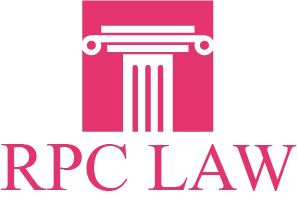Why should the buyer of a car insurance policy have or learn negotiating skills? Possession of such skills proves useful, because insurers insist on negotiating a settlement, even when liability seems clear.
Steps that the claimant should take as part of the negotiating process:
Collect all of the relevant documents, along with other supporting evidence, such as pictures of the damaged vehicle or of the reported injuries.
Send all the collected material to the defendant’s insurer, along with a demand letter. In the demand letter describe the injuries, explain the prescribed treatment, give the amount of lost income, and explain why the policyholder was at-fault for the reported accident. Finally, make clear the amount of money expected in the form of a compensation package.
During creation of the demand letter, or soon after the sending of that letter to the insurer, it helps to make a decision. Decide on the minimum amount of money that could be proposed by the insurer in what would be viewed as an acceptable settlement figure. Injury Lawyer in Richmond Hill know that claimants should feel free to raise or lower that figure as the negotiations proceed.
For instance, if the first counter offer were to fall far below the claimant’s expectations, then that fact would suggest a need to increase the chosen, minimum acceptable amount. Ion the other hand, if the adjuster had managed to show that the claimant’s claim was weak, then it would appear logical to lower that same minimum acceptable offer.
Expect to receive a low counter offer from the insurance company that got the demand letter. That low offer might get paired with a list of ways by which the claim in the letter is weak.
Respond with a lower offer. Expect to get a counter offer that is a bit higher than the one put forward earlier.
Get the final agreement in writing. That written statement should contain the amount of money agreed to by both sides and the date for delivery of the promised compensation.
Issues that might be raised during negotiations:
Insurer attempts to introduce a very narrow interpretation of the terms used in the defendant’s policy. An effort to show that the policy was ambiguous works in the favor of the policyholder/defendant.
Insurer remains skeptical of injury’s serious nature. Claimants that have to deal with a skeptical insurer ought to focus on having all of their documents in order. In order to prove the existence of an injury, a claimant must visit a doctor as soon as possible, once the accident has taken place.
Insurer’s adjuster might introduce charge of contributory negligence on the claimant’s part. Some insurers have raised this issue following both a 3rd party and 1st party claim.
